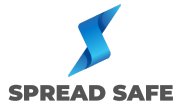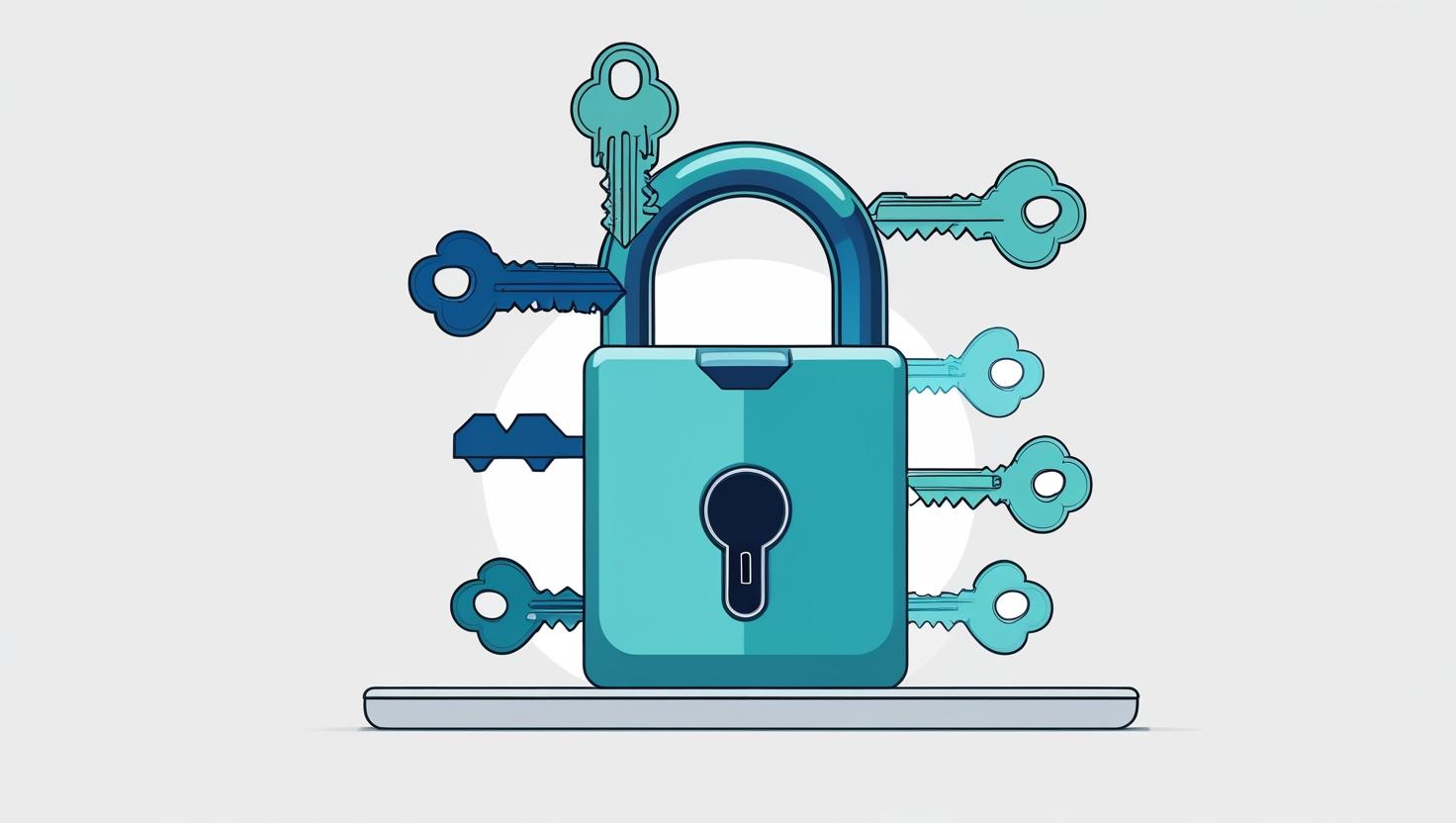As remote work becomes the norm rather than the exception, securing digital access points is more important than ever. One of the most effective tools in this digital defense is Multi-Factor Authentication for Remote Teams. At Spread Safe, we understand the urgent need for businesses to protect sensitive information, especially when employees are accessing systems from multiple locations and devices.
Multi-Factor Authentication (MFA) adds a vital layer of security by requiring users to provide two or more verification factors to gain access to a system. This makes it significantly harder for cybercriminals to breach accounts—even if they’ve managed to steal a password. For remote teams, MFA is not just recommended; it’s essential.
What Is Multi-Factor Authentication (MFA)?
MFA is a security process that requires more than just a username and password. It includes additional verification steps such as:
- Something you know (password or PIN)
- Something you have (smartphone, token)
- Something you are (fingerprint, facial recognition)
These layers greatly reduce the risk of unauthorized access.
Why Remote Teams Need MFA
Remote teams often operate outside secure office networks, making them prime targets for phishing, malware, and man-in-the-middle attacks. MFA ensures that access is granted only to authenticated users, even when connections are made from public Wi-Fi or personal devices.
In addition, remote work tools like Slack, Zoom, and project management platforms contain sensitive business data. Securing these with MFA ensures corporate information remains protected.
Types of MFA Methods
- SMS-Based Verification: Sends a code to your mobile device.
- Authenticator Apps: Google Authenticator, Authy, etc., generate time-sensitive codes.
- Biometric Verification: Uses fingerprint or face recognition.
- Hardware Tokens: Physical devices that generate login codes.
- Push Notifications: Approve access through a mobile notification.
Each method adds a different level of security and usability.
Implementing MFA Across Your Organization
Adopting MFA should be a structured process:
Assess Needs: Identify systems that need MFA.
Choose Providers: Microsoft, Duo Security, and Okta are top choices.
Employee Training: Ensure everyone knows how to use MFA tools.
Monitor Usage: Regularly check authentication logs for anomalies.
A phased rollout with support resources can help ensure adoption with minimal disruption.
Common Challenges and How to Overcome Them
User Resistance: Provide training and emphasize the importance of security.
Compatibility Issues: Choose MFA solutions that integrate with existing systems.
Cost Concerns: MFA can be scaled to fit business size and budget, with free and low-cost tools available.
Backup Options: Ensure backup codes or alternative access methods are in place in case of device loss.
FAQs
Q1. Is MFA necessary for small remote teams?
A: Yes. Cybersecurity threats do not discriminate by size. MFA is critical for any team handling sensitive data.
Q2. What is the easiest MFA method to implement?
A: Authenticator apps are easy to deploy and provide strong security without additional hardware.
Q3. Can MFA slow down productivity?
A: Initial setup may take a few minutes, but the long-term security benefits far outweigh the minimal time investment.
Q4. Is biometric MFA safe?
A: Yes, when stored and managed properly. It offers a high level of security, especially on devices with built-in scanners.
Q5. How often should we review MFA settings?
A: At least quarterly or after any security incident. Always update settings with new software or user changes.
Conclusion
As cyber threats evolve, so must our defenses. Multi-Factor Authentication for Remote Teams is one of the most powerful and practical ways to protect digital assets. From small startups to global enterprises, every remote team can benefit from the added security MFA offers.
At Spread Safe, we advocate for proactive security measures. Implementing MFA is a smart, scalable solution that keeps your remote team productive and your data safe.




